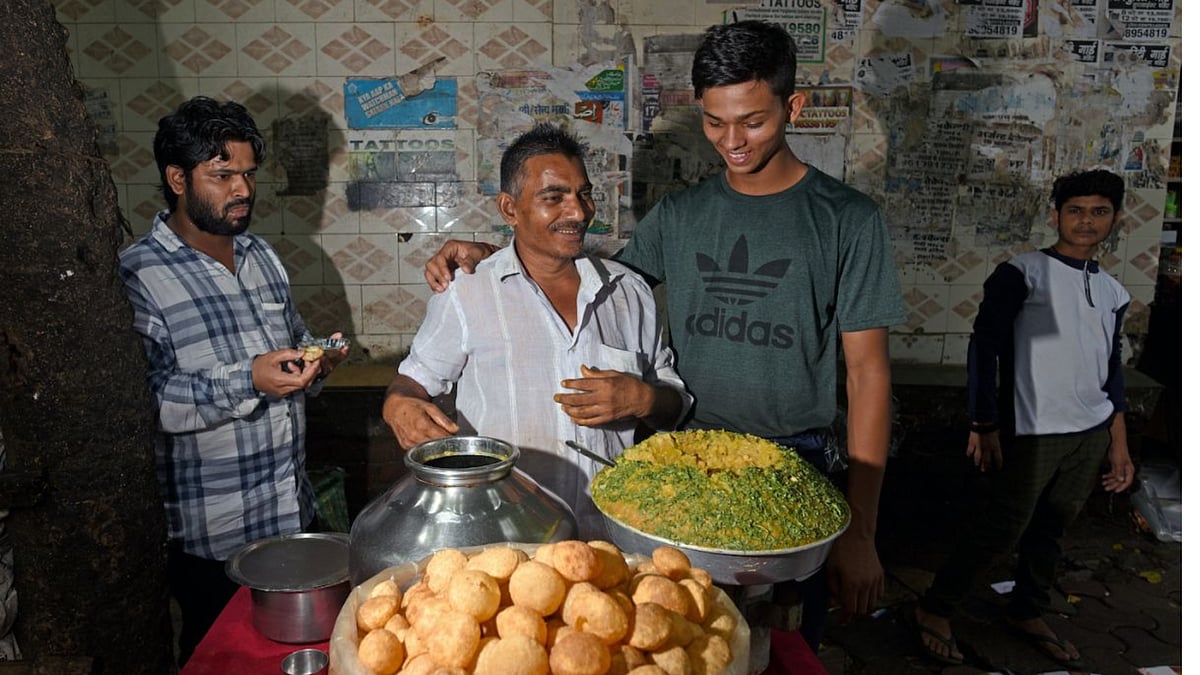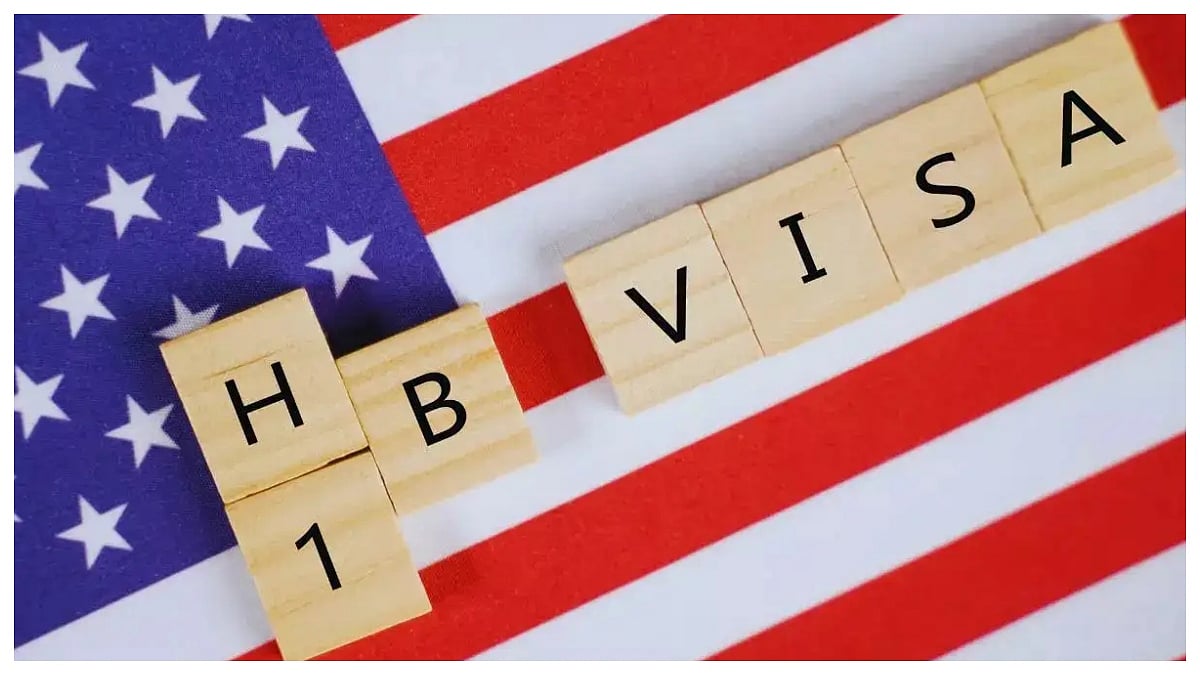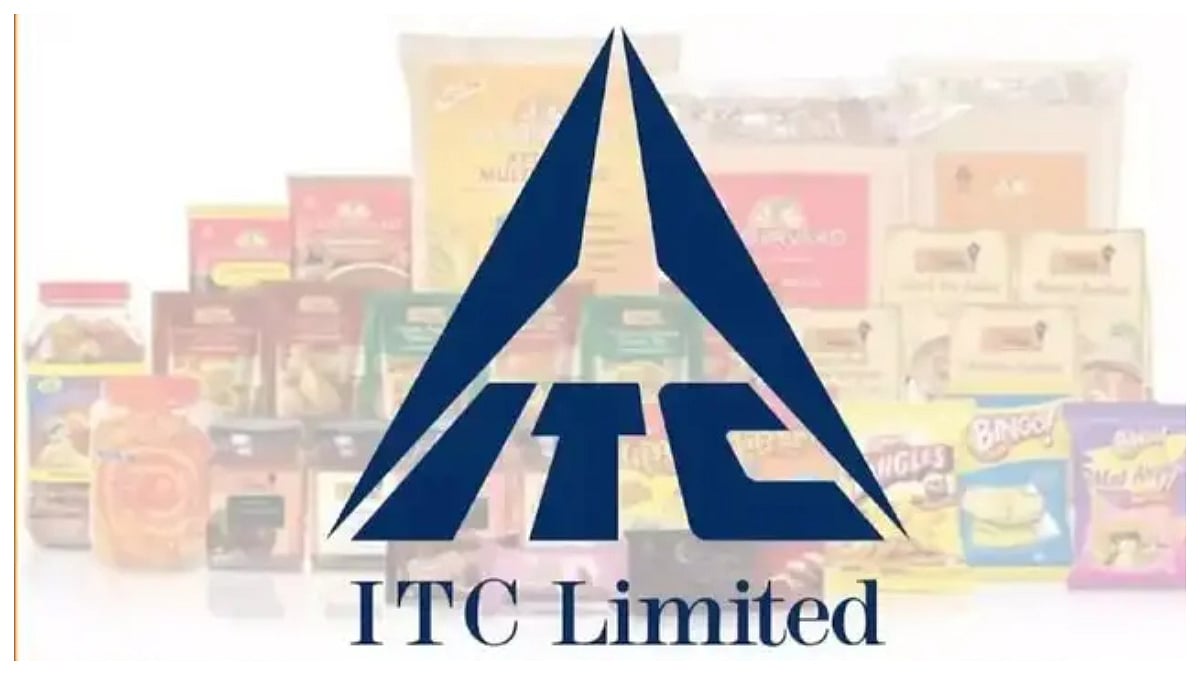India’s mobile phone industry has called for a significant reduction in tariffs on components and sub-assemblies. The industry points out that India’s tariffs on these inputs are the highest among key countries, including Vietnam, China, and Mexico.
What Happened? Ahead of the FY25 Budget, the handset sector is pressing for zero tariffs on all lines that substantially raise costs, aiming to align India with competitors like Vietnam and China. This alignment is crucial for ensuring competitiveness, scalability, and export-led growth.
The India Cellular and Electronics Association (ICEA) has also proposed simplifying the existing tariff structure. The recommendation is to establish three primary slabs: 0%, 5%, and 10% by 2025, replacing the current complex system.
According to an ICEA report, with domestic smartphone production surpassing local demand, exports are now the focal point for future growth and job creation. To fuel these exports, projected to constitute 30% of the estimated $49-50 billion production this fiscal year, India must match the competitive tariff regimes of China and Vietnam.
Why it matters? The ICEA report highlights a stark contrast in import duties: India’s simple average of MFN (most favoured nation) import duties on inputs stands at 8.5%, significantly higher than China’s 3.7%. In practice, China effectively applies zero tariffs in its ‘Bonded Zones’, where most mobile phone production occurs. Similarly, Vietnam benefits from near-zero average input tariffs, thanks to its numerous free trade agreements (FTAs).
China and Vietnam currently dominate the global mobile exports market, accounting for 85% of over $190 billion, in stark contrast to India’s $11.1 billion in FY2023. To increase India’s share to $50 billion in the coming years, the ICEA suggests policy interventions to attract global value chains (GVCs), build local ecosystems, and enhance domestic value addition.
The report concludes that India faces an 8-10% cost disadvantage due to tariffs alone, negating the benefits of the Production-linked Incentive scheme. Additionally, it argues that domestic input producers often price their components based on post-tariff costs, leading to inefficient and uncompetitive pricing for exports.
(The article is published under a mutual content partnership arrangement between The Free Press Journal and Benzinga)










